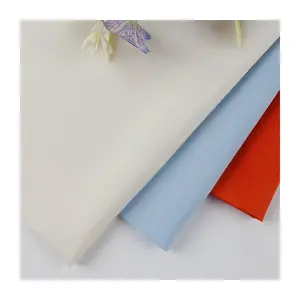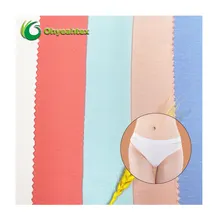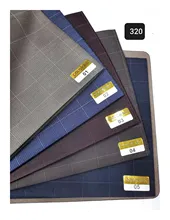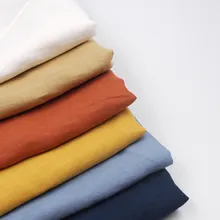Exploring Breathable Waterproof Transparent Fabric
The realm of textiles is ever-evolving, with breathable waterproof transparent fabric marking a significant milestone in material innovation. This fabric category is engineered to offer a unique combination of transparency, breathability, and water resistance, making it a versatile choice for various applications.
Composition and Manufacturing
At the core of this fabric's appeal is its composition. Typically made from synthetic fibers, these fabrics are crafted to provide a barrier against moisture while allowing air to pass through. The manufacturing process often involves a lamination technique that bonds a breathable membrane to a lightweight, transparent textile.
Types and Features
Diverse in its range, the market offers various types of waterproof breathable fabrics. Some are designed with a focus on outdoor apparel, where others find their place in medical or industrial settings. Features such as UV resistance, anti-bacterial properties, and flexibility are often inherent in these fabrics, catering to specific user requirements.
Applications Across Industries
The applications of transparent breathable fabric are extensive. In the fashion industry, it's used for innovative outerwear. The healthcare sector utilizes it for protective garments, while the tech industry incorporates it into the design of breathable yet protective covers for gadgets.
Environmental Considerations
With a growing emphasis on sustainability, the production of eco-friendly breathable fabric has gained traction. Manufacturers are increasingly seeking ways to reduce the environmental impact, focusing on recyclable materials and processes that minimize waste.
Advantages for End-Users
The end-user benefits from the fabric's durability and maintenance ease, making it a practical choice for a variety of uses. Its unique structure allows for comfort in wearables and reliability in protective covers, without compromising on the transparent aesthetic.
Incorporating these fabrics into product lines can meet the demands of consumers looking for innovative, functional materials. The transparent nature paired with protective features offers a blend of form and function that is highly sought after in today's market.




































 浙公网安备 33010002000092号
浙公网安备 33010002000092号 浙B2-20120091-4
浙B2-20120091-4